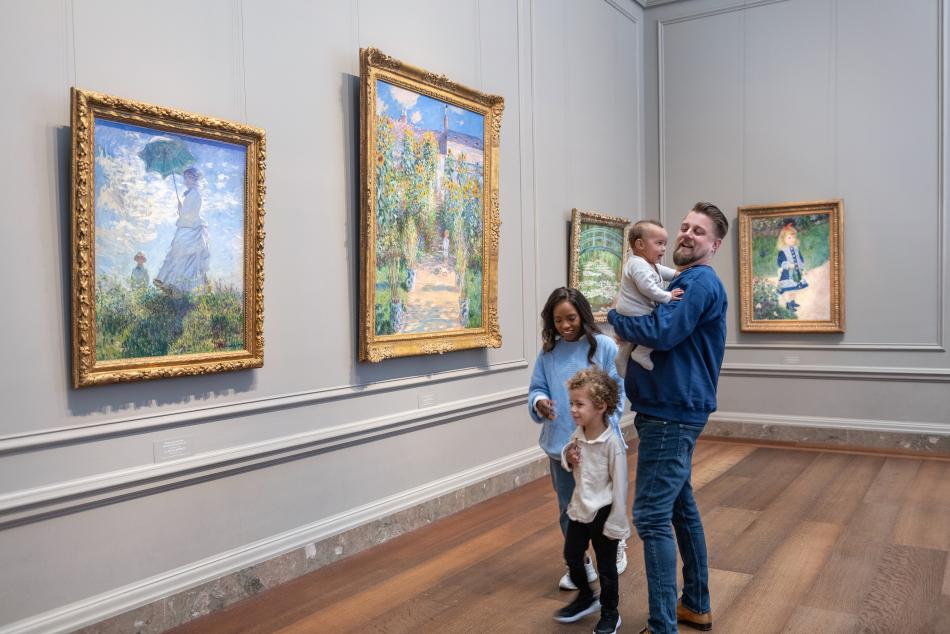Past Exhibition
Deceptions and Illusions

Details

Overview: This exhibition of 116 paintings, sculptures, books, prints, drawings, decorative arts, and a mosaic explored artistic depictions that momentarily fool the eye with the appearance of reality. Visitors entered the exhibition by walking over a facsimile of a Roman mosaic floor and passing the lifelike sculpture, Security Guard, by Duane Hanson. Exhibition prologues established the literary and visual sources of trompe l'oeil with sections devoted to Trompe l'Oeil in Antiquity, The Grapes of Zeuxis, The Curtain of Parrhasios, Xenia and Trophies of the Hunt, and Giotto's Flies and the Observation of Nature. Following these introductory sections, the exhibition was divided into parts titled: Temptation for the Hand; Things on the Wall; Niches, Cupboards, and Cabinets; In and Out of the Picture; The Painting as Object; and The Object as Art.
An audio tour was narrated by National Gallery of Art Director Earl A. Powell III and included commentary by Franklin Kelly, senior curator of American and British paintings, and Arthur K. Wheelock Jr., curator of northern baroque paintings at the National Gallery of Art.
Organization: The exhibition was organized by the National Gallery of Art, Washington. Sybille Ebert-Schifferer, director at the Bibliotheca Hertziana, Max Planck Institute for Art History, Rome, was the guest curator. Franklin Kelly was coordinating curator.
Sponsor: The exhibition was sponsored by Mary Jo and Robert L. Kirk. It was supported by an indemnity from the Federal Council on the Arts and the Humanities. Support for the catalogue was provided by Mark and Ann Kington through the Kington Foundation, and Nola Anderson and Jim Mullen.
Attendance: 231,905
Catalog: Deceptions and Illusions: Five Centuries of Trompe l'Oeil Painting by Sybille Ebert-Schifferer, with essays by Sybille Ebert-Schifferer, Wolf Singer, Paul Staiti, Alberto Veca, and Arthur K. Wheelock Jr. Washington, DC: National Gallery of Art, 2002.




